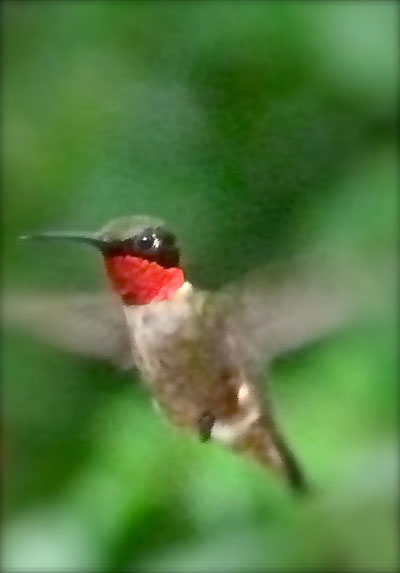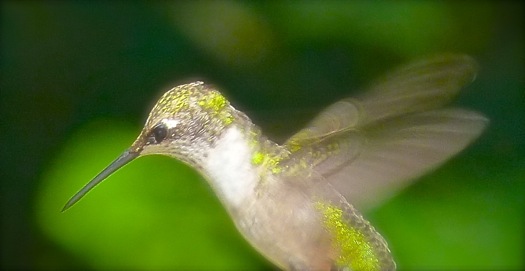Rewilding and an Early September Walk
 Sunday, September 6, 2015 at 6:50PM
Sunday, September 6, 2015 at 6:50PM I have been thoroughly entertained by a flock of hummingbirds as they zoom with intricate combat maneuvers, fighting for supremacy over the the hummingbird feeder. One particular hummer, a young male, has been a steadfast defender of the feeder for several days, staying at his post with unwavering determination.
One particular hummer, a young male, has been a steadfast defender of the feeder for several days, staying at his post with unwavering determination. I wonder if I will have to take down the feeder to encourage him on his way, though I have read that hummingbirds will respond to an internal call for migration once the weather turns cooler and the days shorten.
I wonder if I will have to take down the feeder to encourage him on his way, though I have read that hummingbirds will respond to an internal call for migration once the weather turns cooler and the days shorten.
I enjoy watching and listening to wildlife in my garden as much as I enjoy growing beautiful plants. I am very fortunate, and I am reminded of a TED video a friend recently shared with me. It takes about eight minutes to watch, but I think you will be glad you took the time. It is about fascinating experiments in rewilding and reminds us of the remarkable interconnections of the earth's ecosystems:
http://blog.ted.com/a-walk-on-the-wild-side-7-fascinating-experiments-in-rewilding/
Meanwhile, leaving the hummers whizzing about the feeder, I walked around the early September garden. Some of these images are similar to ones I posted in August, but the garden has a softer quality. Late afternoon light transforms the garden into a glitter fest, as if fairies have come through, spreading magic with their sparkling wands. The temperature is mellowing, and the humidity is supposed to break this week, which will make me VERY happy. A few leaves are already beginning to turn.
I will start with the woodland garden, where molten light flows through the trees and over the moss paths:

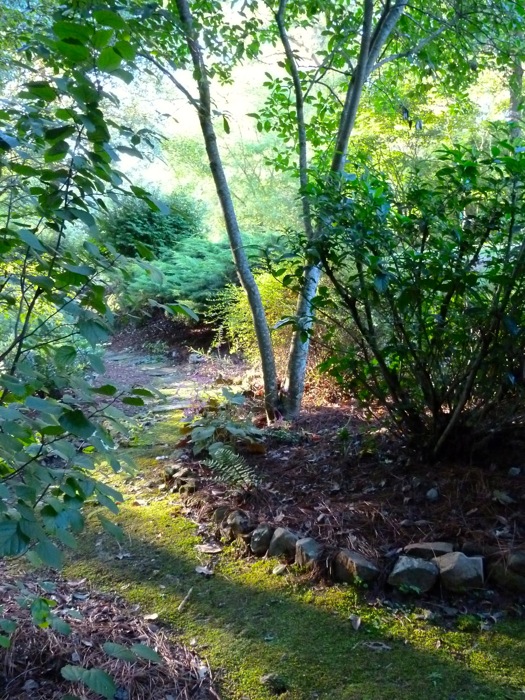
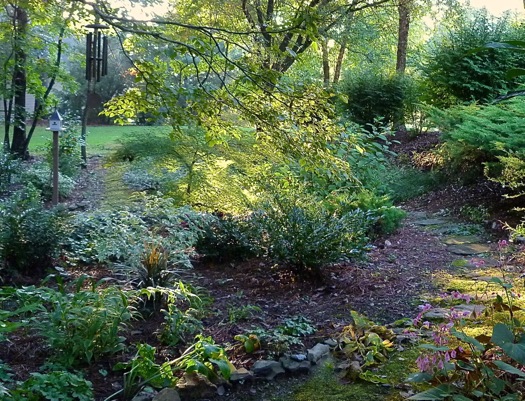
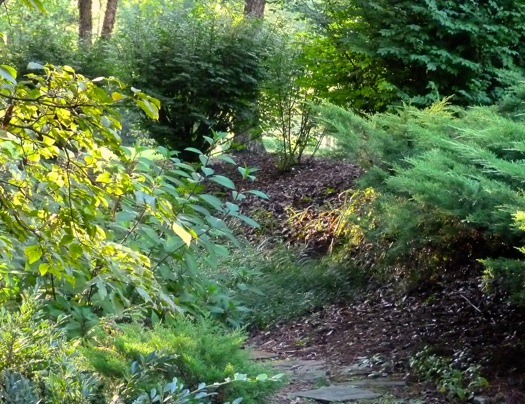
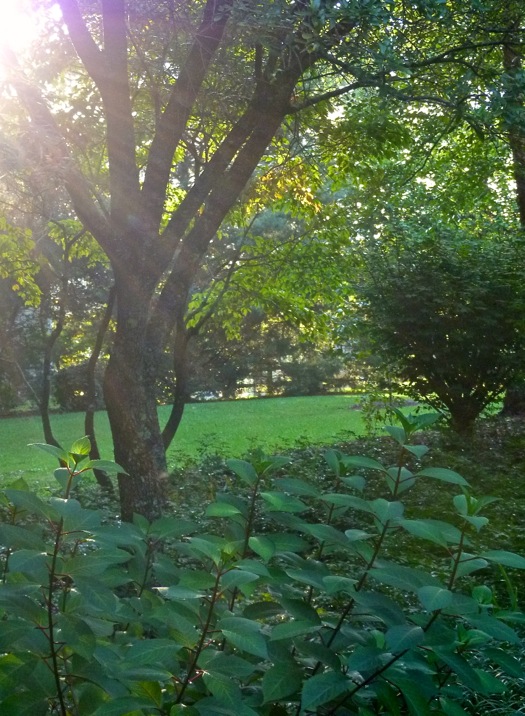
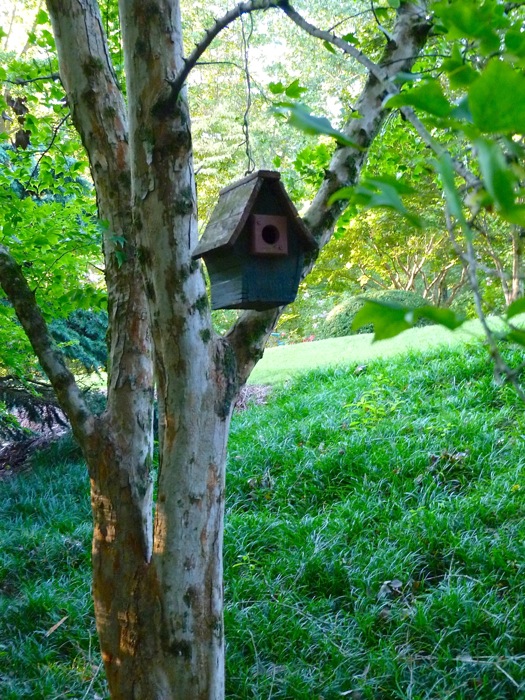
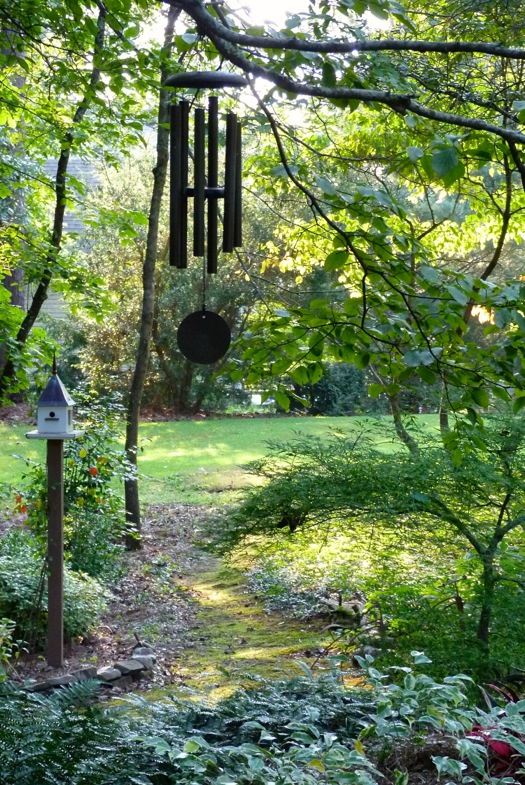

 Pots on the stone steps leading to the woodland garden.
Pots on the stone steps leading to the woodland garden.
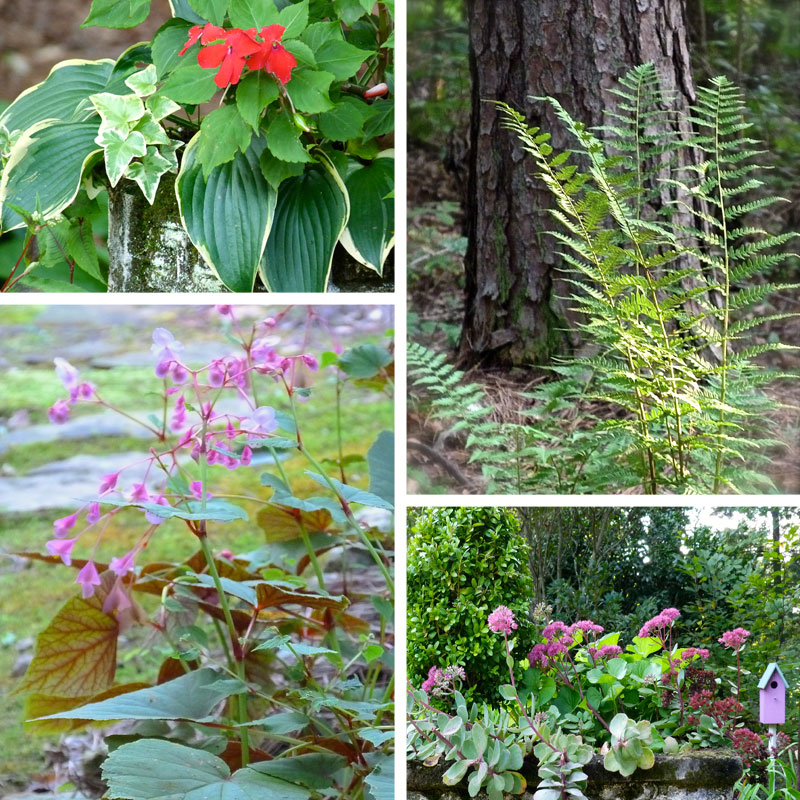 Clockwise from top left: Variegated hosta, impatiens and variegated ivy make a common but effective combination in an urn near the patio; A wood fern in the woodland garden; Sedum in an old concrete planter on the patio; Hardy begonia growing by a woodland path.
Clockwise from top left: Variegated hosta, impatiens and variegated ivy make a common but effective combination in an urn near the patio; A wood fern in the woodland garden; Sedum in an old concrete planter on the patio; Hardy begonia growing by a woodland path.
 Deodar cedar 'Feelin'Blue' grows on the sunny edge of the woodland garden. It is one of my favorites.
Deodar cedar 'Feelin'Blue' grows on the sunny edge of the woodland garden. It is one of my favorites.
Finally, here are a few images taken around the front garden:



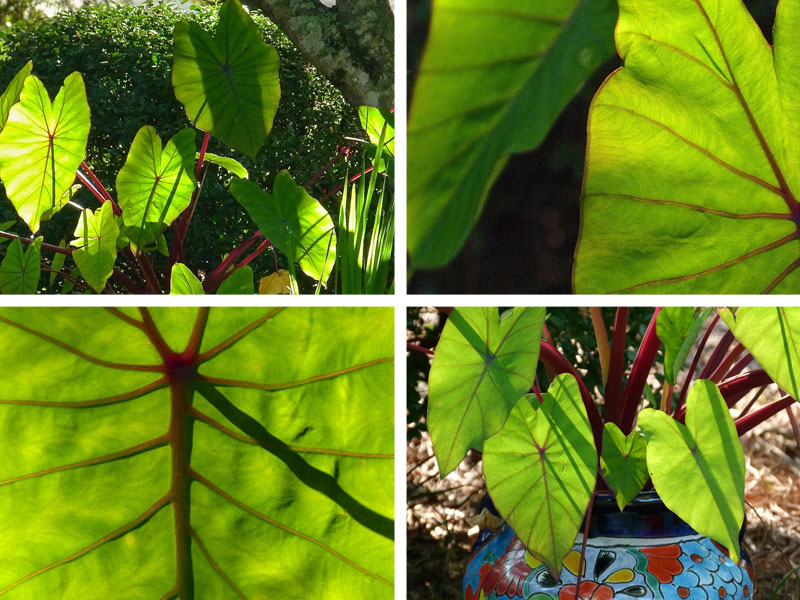 Colocasia escolenta 'Blue Hawaii'
Colocasia escolenta 'Blue Hawaii'
Have a wonderful week! Deb
